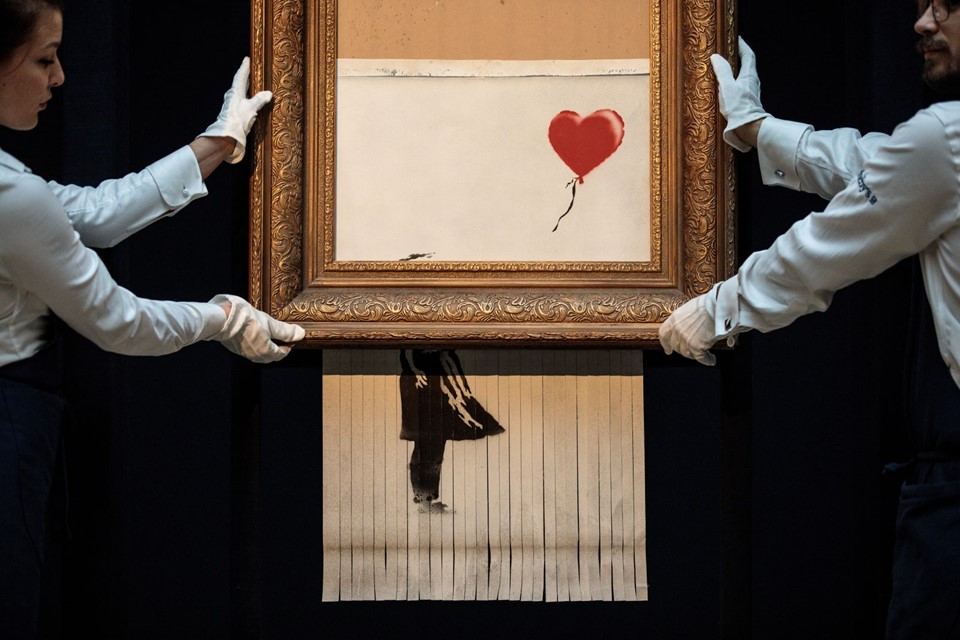Introduction
The article “When the Camera Was a Weapon of Imperialism. (And When It Still Is.)” by Teju Cole tells about the author’s interpretation of a photograph from 1899. In the photograph, the king of an African tribe is shown with his face, normally obscured by his crown’s beads, open and visible (Cole). As the king’s face should always be covered, this was offensive to the tribe’s traditions. The author goes on to argue that photography, especially in cultures deemed foreign, has always intruded upon people’s privacy and, therefore, often been used as an instrument of power and subjugation. Ultimately, he calls for this privacy to be restored.
Response
Cole is correct in that photographs, especially those taken in a scientific context, have little concern for privacy. However, while photos can convey a subjective, emotional meaning, it is incorrect to forget that they are a way to capture the objective state of things. As such, photographers, especially early and documentary photographers, can be more concerned with objectivity over other issues. In his example of photographing women’s faces without their veils, the author ignores the purpose of these pictures: identification, intended for people who have never seen these women before. Photography, in this case, is a tool, which can be used in a wide variety of ways, and condemning it rather than the practices it allows to document is strange.
Conclusion

This photograph captures the artist Banksy’s painting of a girl with a heart-shaped balloon held by auction employees. The painting had a shredder hidden inside the frame, which partially destroyed it after it was auctioned for $1.4 million. This photograph is a striking commentary on the fragility of art, ownership, and intent. It is also an example of photography capturing the objects of two other art forms: painting and performance art. Although intentional destruction of art objects and somebody else’s property (as the picture had already been sold) can be seen as violent, in this case, the destruction was part of the artist’s intent. This picture is impactful for me, personally, for is commentary and the way it expands the artist’s intent by capturing it.
Work Cited
Cole, Teju. “When the Camera Was a Weapon of Imperialism. (And When It Still Is.)” New York Times Magazine, 2020. Web.